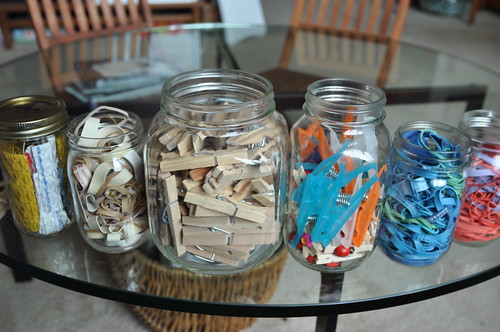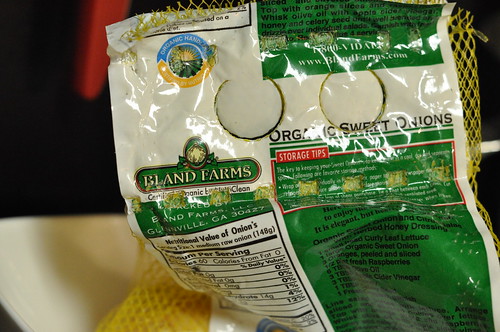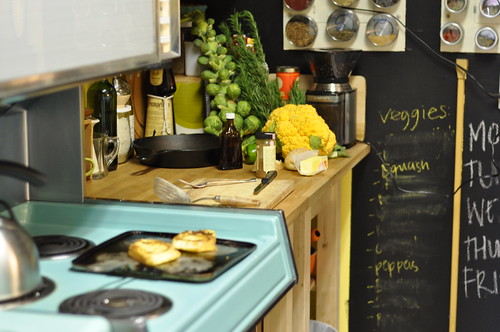As predicted, I have not been able to quite handle posting daily. However, I’m still feeling pretty darn good with the general uptick in writing I’ve been doing over here. It’s amazing how once I start being open to the idea of the mostly daily blog post, the ideas for the blog posts begin to flow in my direction.
For instances, I spotted this post today on The Kitchn, in which Emma recalls what her mother used to do with the leftover bits of pie crust that got trimmed from the crust during holiday baking. It took me hurtling back through my own memories of pie baking with my mom. Whenever we had leftover pie crust, she’d divide it between my sister and me, and let us make tiny, jam-filled tarts. We’d bake them in the toaster oven, a bit of jam would always leak out and burn to the pan, making for a delicious, sticky mess.
I know that I always looked forward to those crust scraps, because they made me feel like the little girl in that chapter of Little Men, in which she’s given a toy kitchen and is taught to cook miniature meals (ingredients delivered by the family dog). I have no plans to make a pie this year, but thinking about those days makes me want to mix up a batch of pie crusts, just to make a batch of jammy turnovers.




